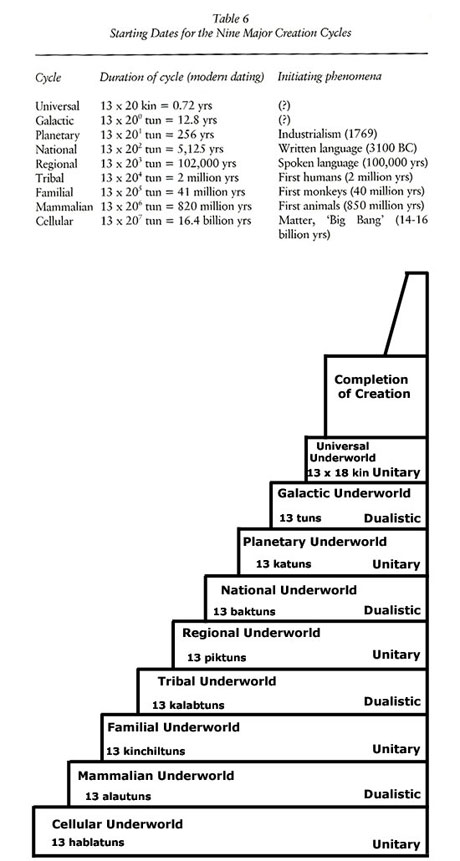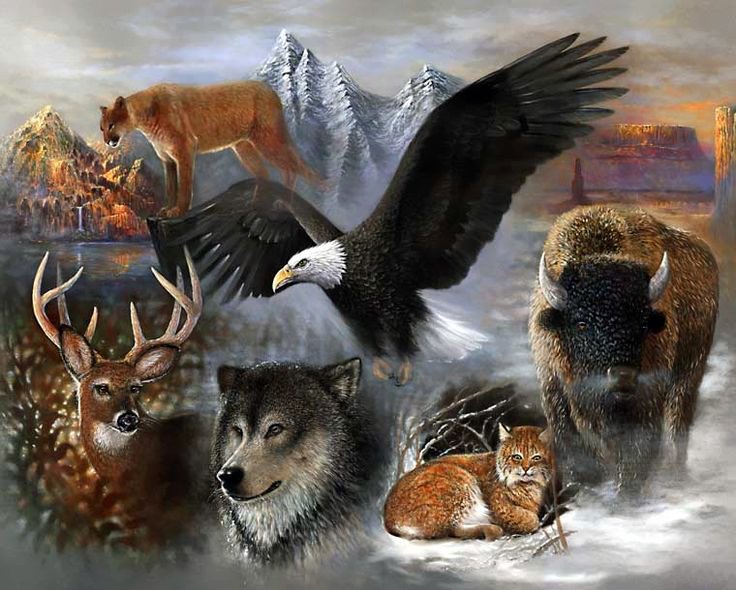Ancient Maya’s Evolution of Consciousness
- Details
- Written by AndEl
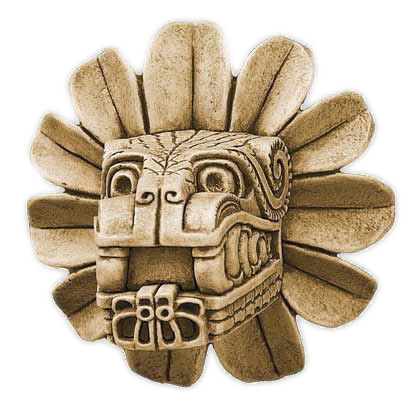
Systems Thinking: Ancient Maya’s Evolution of Consciousness
Systems thinking is a framework that is based on the belief that the component parts of a system can best be understood in the context of relationships with each other and with other systems, rather than in isolation. The only way to fully understand why a problem or element occurs and persists is to understand the part in relation to the whole. (Capra, 1997)
There are some historical facts regarding systems and systems thinking. Systems thinking as a modern approach for problem solving was revived after WWII even though it had been an ancient philosophy. We can track systems thinking back to antiquity. Differentiated from Western rationalist traditions of philosophy, C. West Churchman often identified with the I Ching as a systems approach sharing a frame of reference similar to pre-Socratic philosophy and Heraclitus. (Hammond, 2003)
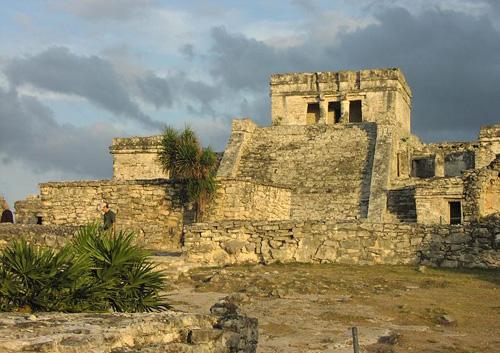
The first systems thinkers can be found in the oldest of human societies – the ancient Phoenicians with their cuneiforms, the Egyptians with their pyramids, Greek philosophers and Maya Indians are the earliest ancient societies of system thinkers. The Mayan numerical system and long count units has been proven as one of the most accurate systems for describing the present and future of the civilization in which we have all evolved.
The Mayan calendars Tzolkin and Tun, based on mathematics as a strictly rational factor and enriched by intuition, are examples of an evolutionary system of human consciousness. The calendars and their meaning for sustainable society were completely explained and scientifically proven by Swedish microbiologist and Professor Carl Johan Calleman. The calendars presented personal intents of individuals and prophetic meanings for civilization. (Calleman, 2004) Basically, he deciphered the purpose of the calendars, what they represented and meant to the Mayans and how they used them. He discovered that the calendars were timing the development and evolution of consciousness (individual, societal, universal).
Maya as System Thinkers
Maya Indians as ancient system thinkers offer a complete shift of perception in thinking to a modern man. Contemporary society is an interdisciplinary society, an interdependent phenomenon that interrelates with almost all areas of human lives. This fact perfectly describes society as a complex system whose problems are softly defined and phenomena uncertain. Decision-making is difficult and stressful; solutions are short termed. Usually people make their decision in a classic way: they use conventional/ linear thinking.
The use of systems thinking gives an individual broader perspectives, long-term solutions, naturally achieved sustainability and harmonious elements within the society. One very interesting fact, as the following history shows, is that systems thinking was not mentioned among leading philosophers, politicians in the centuries between the breakdown of Mayan civilization and the beginning of WWII. The reason for this can be found by following the Mayan nine-step system of creation and evolution of human consciousness. “The ninestep Mayan pyramids are thus telling us that consciousness is created in a hierarchical way and that each Underworld stands on the foundation of another” (Calleman, 2004).
Picture 1 shows the Mayan nine-level pyramids system that represents the evolution of consciousness. The evolutionary system started with the “big bang,” 16 .4 billion years ago, and ended when the first living cells appeared. The level of consciousness was at that time only action followed by reaction of organisms (Calleman, 2004). On the other four steps, consciousness evolved from stimulus/response, stimulus/individual response, similarity/difference, reasoning – started by the shamans of the tribal groups when they (the shamans/the learned or wise men) came up with the reasons as to why things are/were the way they are.
These shamans then since evolved into priests and religions on the basis of cosmology, through the cultural cycle and formed a single pantheon with the religion of Egypt. This is where people developed their own styles for survival according to their reasons for/of life. The last four steps of consciousness as an evolutionary system are the most important ones, since we can find parallels with events that happened and happen today if we carefully observe this system.
The sixth step of consciousness, which began in 3115 BC, was law and punishment and lasted until 1755 AD. The concept of good and evil developed (Adam, Eve and the apple – the idea of retribution) but also the Laws of Nature and Science were discovered (Laws of Thermodynamics, etc).
The seventh step of consciousness from 1755 to 1999 was a consciousness of power, where there was no place for integration but analyzing, separation, creating towers of power, wars and manipulation. This is a reason that no one would think of connection and integration, of systems thinking in its highest meaning; not one philosopher or politician. People become above the rule of societal law, the Industrial Revolution happened, followed by the knowledge brought by the IT revolution; society has “horseless carriages with engines that have the power of many horses.” Everything depends on the individual viewpoint of the application of power that makes the use of power good or evil.
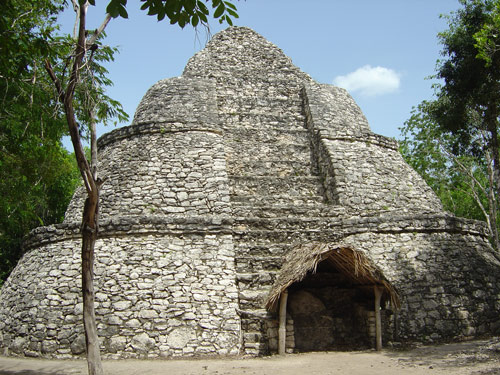
Today we are living in the eight level of consciousness which started in 1999 and will end in 2011. It is a consciousness of ethics, where all the towers of manipulation of negative power are collapsing. Ethics in the largest sense means spontaneous solutions through the application of law and power to the benefit to everyone. It shines from within and is personal, knowing the right thing to do and doing it. It is a refined consciousness. Now, the powerful people who make the laws and lead the nations and societies cannot get away with anything without being exposed, all abuses of power are becoming uncovered.
This consciousness leads towards the last ninth step of Mayan evolutionary system, towards conscious co-creation, which begins at the end of 2011. Here we can talk about the integration of all systems, which leads the planet to one harmonious system, which was mentioned by system thinkers in the 20th. (Bertalanffy, 1952, Wiener, 1948, Senge, 1994, Ackoff, 1999) Russell Ackoff (Ackoff, 1999) in particular clarifies the differences between conventional, linear thinking and systems thinking. An understanding of the difference between analysis and synthesis is crucial for an introduction to the theory of a system.
Ackoff explains that analysis has been the dominant mode of thought in the Western world for 400 years. Here we can compare the sixth, seventh, eighth and ninth level of Mayan nine steps system consciousness with Ackoff’s discoveries. Analysis explains how the pieces of a system work. According to Mayan calendar and the evolution of consciousness, there were certain steps in the evolution, which represented the consciousness of analysis: law and punishment, (6th step, from 3115BC-1755AD) power and fear, division and ruling (7th step, from 1755-1999AD). We need to synthesize in order to understand the system and the interactions between its parts as they work together. As much as this is valid for living systems, it also represents the 8th and the 9th steps of Mayan calendar regarding the transformation of human consciousness. At the present time, we are in a period of ethics (8th step, from 1999- 2011), which connect and foresee the integration of the elements to a whole – so called oneness or wholeness (9th step, from 2001 onward).
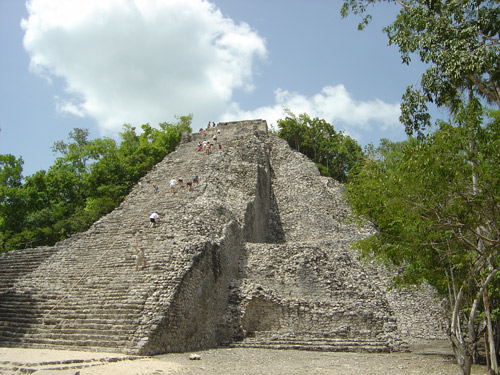 Understanding the implications of seeing the organization as a system leads to the conclusion that cooperation (integration) is more effective than internal competition (separation) in leading any organization to work more effectively. The cooperation and the integration, which systems and systems thinking brought was not welcomed by those rulers who wanted power through wars and separation (the consciousness of power); for example, Napoleon I, WWI and WWII.
Understanding the implications of seeing the organization as a system leads to the conclusion that cooperation (integration) is more effective than internal competition (separation) in leading any organization to work more effectively. The cooperation and the integration, which systems and systems thinking brought was not welcomed by those rulers who wanted power through wars and separation (the consciousness of power); for example, Napoleon I, WWI and WWII.
Systems and systems thinking were revived by Ludwig von Bertalanffy, who published his manifesto of general system theory (Bertalanffy, 1952) and Norbert Wiener with Cybernetics (Wiener, 1948) as a methodology for complex phenomena research, theory and cybernetics became an important whole in different fields of scientific research. Although the word “system” denoted a whole consisting of parts and was the axiom for ancient philosophers, General Theory (GST) and cybernetics clearly indicated the relevance of the order and structure of elements within a whole for its behavior.
System dynamics (Forester, 1961) and systems thinking (Senge, 2006) are equivalent and can be unified within a system concept. (Kljajiæ, 2008) In the world of systems, we find five typical characteristics of them and define three categories of systems: hard systems, (e.g. Mayan pyramids, contemporary hardware) soft systems (e.g. Mayan civilization, modern organization) and evolutionary systems (e.g. consciousness). The characteristics of systems are connected to the purpose of each system: seeking balance to serve specific purposes within larger systems, combining the parts in a way for the system to carry out its purpose and the fact that every system has feedback.
The last we represent graphically with feedback loops, which connect entities among themselves. Hard systems involve simulations, often use computers and the techniques of operation research. They are useful for problems that can justifiably be quantified. However, they cannot easily take into account unquantifiable variables (opinions, culture, politics, etc.), and may treat people as being passive, rather than having complex motivations. Soft systems cannot easily be quantified, especially those involving people holding multiple and conflicting frames of reference. They are useful for understanding motivations, viewpoints, and interactions and addressing qualitative as well as quantitative dimensions of problem situations.
Evolutionary systems, similarly to dynamic systems, are understood as open, complex systems, but with the capacity to evolve over time. Bela Banathy uniquely integrated the interdisciplinary perspectives of systems research (including chaos, complexity, and cybernetics) cultural anthropology, evolutionary theory and evolution of consciousness (Banathy, 2000).
Systems Thinking Principle: “The Divine Plan” and “The Big Picture”
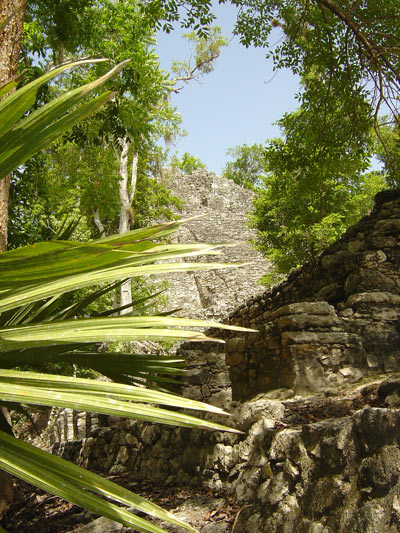 One of the principal objects of theoretical research in the department of knowledge is to find the point of view from which the subject appears in its greatest simplicity. (J. Willard Gibbs quoted in Burch 1999)
One of the principal objects of theoretical research in the department of knowledge is to find the point of view from which the subject appears in its greatest simplicity. (J. Willard Gibbs quoted in Burch 1999)
Systems thinking emphasizes looking at wholes rather than parts, and stresses the role of interconnections. It is a circular and focuses on closed interdependencies, where x influences y, y influences z, z influences x. It has precise set of rules that reduce the ambiguities and miscommunications that can crop up when we talk with others about complex issues. It offers causal loop diagrams, which are rich in implications and insights. It opens a window on our mental models, translating our individual perceptions into explicit pictures that can reveal subtle yet meaningful differences in viewpoints. (Anderson, 1997)
Table 1 represents systems thinking principles of the ancient and modern societies – Mayan and modern systems thinking. Einstein’s saying that “problems that are created by our current level of thinking can not be solved by that same level of thinking,” leads us towards the big picture principle or the divine plan, or the higher purpose. Systems thinking offers a whole different way to communicate about the way we see the world, and to work together more productively on understanding and solving complex problems.
Long term and short term perspectives in Mayan time can be explained by their having equally treated each day’s celebration ceremonies as well as long term perspective wisdom. Modern systems thinking treats equally short and long term solutions of the issues, depending on the issue. Mayan numerals were equally important as the data written on “stela,” which is a carved monument (Guernsey, 2006). Mayan numerals were equally important as the data carved on one stele discovered in Coba, Yucatan peninsula. The data deciphered by Carl Johan Calleman explains Tun (Long count) calendar or Evolution of consciousness as a whole: …”the Creation date of the Long count is placed in the context of several creation cycles”. (Calleman, 2000) The fourth principle of complexity is also valid for ancient time as well as for contemporary society. Interdependency and turbulence in everyday society causes fast systems dynamics.
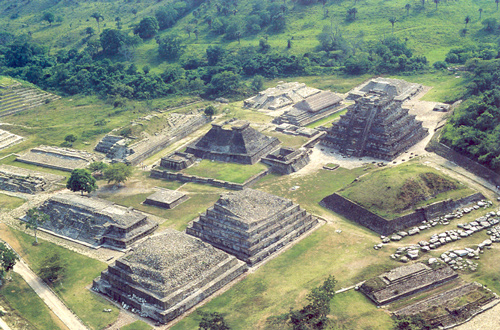 The development of complexity in Maya civilization has been invigorated by a series of spectacular finds in the lowland regions of Veracruz and Peten. These have demonstrated the gifted development of complexity among lowland relative to highland Mesoamerican societies. The discoveries emphasize the use of mature writing systems and the formation of formal political hierarchies centuries earlier than once believed (Canuto, 2007). The last principle, which we stand, is that we all are a part of a system – either a small, big or the biggest one. The Maya wrote this statement to a Tun – one of the three calendars they use – the prophetic one.
The development of complexity in Maya civilization has been invigorated by a series of spectacular finds in the lowland regions of Veracruz and Peten. These have demonstrated the gifted development of complexity among lowland relative to highland Mesoamerican societies. The discoveries emphasize the use of mature writing systems and the formation of formal political hierarchies centuries earlier than once believed (Canuto, 2007). The last principle, which we stand, is that we all are a part of a system – either a small, big or the biggest one. The Maya wrote this statement to a Tun – one of the three calendars they use – the prophetic one.
Let us examine one of the systems thinking principles. (Pictures 2a and 2b) They have seen the bigger picture, the one that nowadays we call it “the first principle of system thinking” (Jere Lazanski, 2008). The Maya had a so-called “divine plan,” which was actually a big picture they were aware of and were part of. They knew that the civilization will achieve the system of co-creation, but they also knew what many of contemporary individuals do not know. Seeing the world from the big picture point of view is reaching a level of awareness, where linear thinking is replaced by system thinking. First, we can present the Mayan systems thinking of “divine plan or a big picture”.
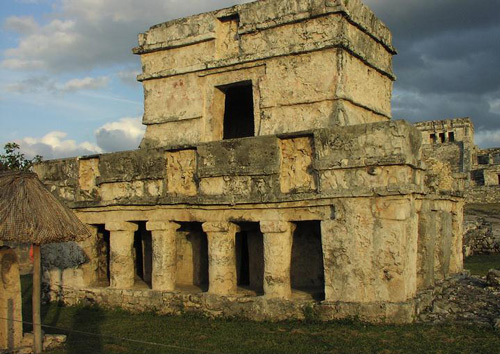 The Maya had a third orientation to their existence called Personal Intent2 and a 4th orientation called the Divine Plan – “Big Picture”. When considering the Personal Intent and Divine Plan in relation to the Mayan Calendar, it is important to understand that the Mayan Calendar is about patterns and cycles and people have to recognize the patterns. They solved problems by having a system, which brought them peace of mind. They used four steps to get them into the peace of mind. First, they were conscious of being a part of a much bigger system, which they called a divine plan. They knew they had to recognize patterns in order to achieved certainty. The second step was their recognition that certainty guided them to centeredness. The third step described how centeredness led them to the fourth step, called peace of mind. Today, we achieve the same state of mind when we get to the systemic structure, which drives patterns and events.
The Maya had a third orientation to their existence called Personal Intent2 and a 4th orientation called the Divine Plan – “Big Picture”. When considering the Personal Intent and Divine Plan in relation to the Mayan Calendar, it is important to understand that the Mayan Calendar is about patterns and cycles and people have to recognize the patterns. They solved problems by having a system, which brought them peace of mind. They used four steps to get them into the peace of mind. First, they were conscious of being a part of a much bigger system, which they called a divine plan. They knew they had to recognize patterns in order to achieved certainty. The second step was their recognition that certainty guided them to centeredness. The third step described how centeredness led them to the fourth step, called peace of mind. Today, we achieve the same state of mind when we get to the systemic structure, which drives patterns and events.
We reach the three levels of understanding: reaction to an event, adaptation of patterns and creating change going to the structure. The real power of structural-level thinking comes in: actions taken at the level of event are creative, because they help us to shape a different future, the future that we want. Our ability to influence the future process increases as we move from event-level to pattern level and to structural level thinking. Sometimes, the best action we can take must remain focused on the present. The art of thinking at the systemic structure level comes with knowing when to address a problem at the event, pattern or structural level, and when to use an approach that combines the three.
http://lightworkers.org/blog/88114/systems-thinking-ancient-maya-s-evolution-consciousness
Liked this article? Dive deeper into personal growth and wellness! Check out CrystalWind.ca for spiritual wisdom or explore AromaWorx.ca for natural well-being tips. Spread the positivity—share this with friends on their happiness journey!
Let’s Chat! Drop Your Thoughts Below! ![]()
Latest Articles

Imagine a world of inspiration and healing, free for all—made possible by YOU!
Donate Now—Ignite the Magic at CrystalWind.ca!

Epilepsy - Finding A Cure
Your donation can make a difference!
Help us find a cure – donate now!
Unlock Your Light: Join Lightworkers Worldwide on CrystalWind.ca!
Articles: Mayan Road
Follow Us!
Featured This Month
Sweet Violet
Sweet Violet Faithfulness and modesty. “I will always be true to you.” Helps... Read more
Mabon Magic: Ideas For Fall Decoration And R…
Welcome (almost!) to Fall! We’re turning the Great Wheel once again, toward ... Read more
Peridot: The Healer's Stone
Peridot has been used as a Power Stone for centuries. Peridot fosters emotio... Read more
Virgo Mythology
The Virgo Myth In all of constellation mythology, few legends are as misund... Read more
Crystals for Virgo
As the warmth of summer begins to soften into the crispness of autumn, the Sun... Read more
Watermelon Tourmaline
Synonym: Rainbow Tourmaline The watermelon tourmaline is a rare variety t... Read more
The Vine: September 2nd - September 29th
The Autumnal Equinox ( Alban Elfed ) Celtic Symbol : The White Swan Read more
Sun in Virgo
An Overview of Sun Sign Characteristics for Virgo Virgo is guided by Mercur... Read more
Mabon in Modern Times: Fresh Takes on the Au…
The Mabon season begins somewhere around the 21st-22nd of September and cont... Read more

